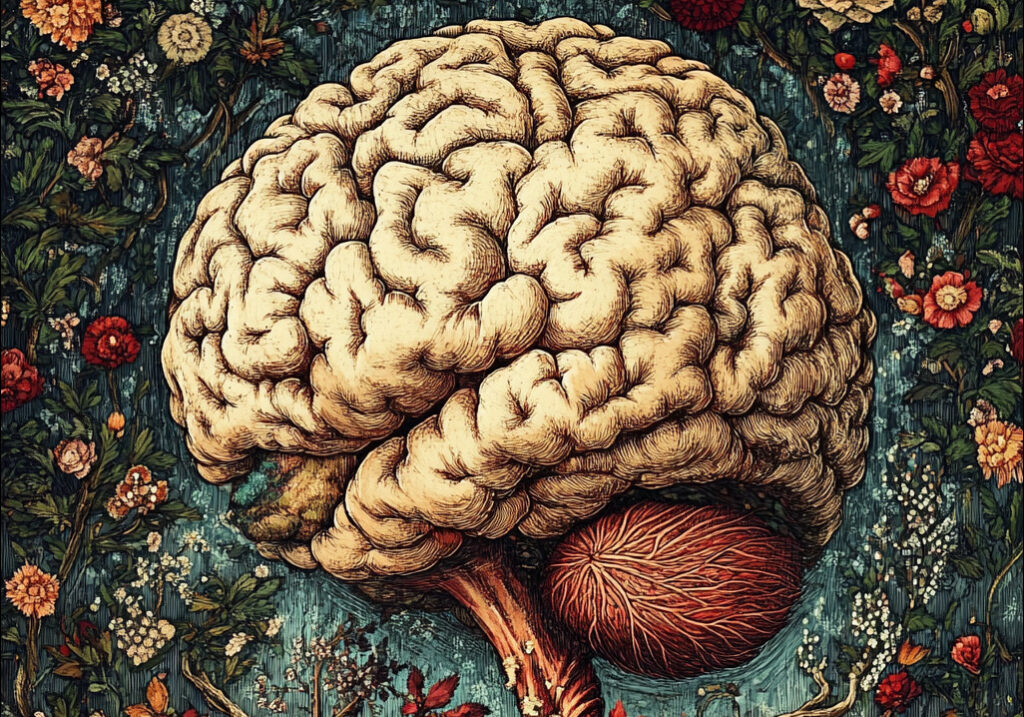Understanding Stroke
Types, Effects, and Differentiation from Heart Attack and Embolism
Listen to this blog post as a podcast here:
What is a stroke? What are the types of stroke? And risk factors?
A stroke occurs when the blood supply to part of the brain is disrupted, leading to rapid cell death and potentially permanent neurological damage. In Australia, stroke affects over 60,000 individuals annually and remains a leading cause of acquired disability. This blog post explores the physiological impact of stroke, its types, and how it differs from heart attacks and embolisms, drawing on Australian research and clinical guidelines to provide accurate, locally relevant information.
What Happens to the Body During a Stroke?
When a stroke occurs, brain cells are deprived of oxygen and nutrients due to interrupted blood flow. Within minutes, neurons begin to die, triggering cascading effects that depend on the brain region affected. For example:
Motor and Sensory Impairments
Approximately 50% of stroke survivors experience hemiparesis—weakness on one side of the body opposite the brain injury. This occurs because the brain’s motor cortex, which controls voluntary movement, is often damaged. Paralysis may extend to the face, arm, and leg, complicating tasks like walking or grasping objects. Sensory deficits, such as numbness or altered temperature perception, further impair safety and daily function.
Cognitive and Communication Challenges
Strokes affecting the left hemisphere often disrupt language processing (aphasia), leading to slurred speech, difficulty understanding words, or inability to read/write. Right hemisphere damage may cause spatial neglect, where individuals ignore the left side of their environment.
Autonomic and Systemic Effects
Brainstem strokes are particularly devastating, as this region regulates vital functions like breathing, heart rate, and blood pressure. Damage here can result in respiratory failure, dysphagia (swallowing difficulties), or loss of consciousness. Additionally, post-stroke fatigue—a debilitating exhaustion unrelated to physical exertion—affects up to 70% of survivors due to metabolic stress and neurotransmitter imbalances.
Types of Stroke
1. Ischaemic Stroke (85% of Cases)
Caused by arterial blockages, ischaemic strokes are subdivided into:
- Thrombotic strokes: Local plaque rupture in brain arteries, often linked to atherosclerosis.
- Embolic strokes: Clots originating elsewhere (e.g., the heart in atrial fibrillation) travel to cerebral vessels.
2. Haemorrhagic Stroke (15% of Cases)
Resulting from ruptured blood vessels, these strokes are deadlier due to increased intracranial pressure. Risk factors include hypertension and cerebral aneurysms.
Transient Ischaemic Attack (TIA)
A “mini-stroke” with temporary symptoms (e.g., fleeting numbness) signals high stroke risk. TIAs require urgent evaluation to prevent major events.
Stroke vs. Heart Attack vs. Embolism
Stroke vs. Heart Attack
Both involve vascular blockages but differ in location and outcomes:
- Stroke: Brain artery occlusion causes neurological deficits (e.g., paralysis, aphasia).
- Heart attack: Coronary artery blockage damages heart muscle, presenting as chest pain, arm/jaw discomfort, or shortness of breath.
While coronary disease underlies both, strokes more frequently result from embolic clots.
Stroke vs. Embolism
- Embolic stroke: A subset of ischaemic strokes caused by traveling clots.
- Pulmonary embolism (PE): A clot lodged in lung arteries causes respiratory distress, not brain injury. However, PE and stroke share risk factors like immobility and atrial fibrillation.
Prevention and Early Recognition
Modifiable Risk Factors
- Hypertension, smoking, diabetes, and obesity contribute to both stroke and heart disease.
- Managing atrial fibrillation with anticoagulants reduces embolic stroke risk.
FAST Acronym for Symptom Recognition
- Facial drooping
- Arm weakness
- Speech difficulties, and
- Time to call 000 are critical signs
A stroke is an abrupt disruption
Stroke’s abrupt disruption of cerebral blood flow triggers complex physical, cognitive, and systemic changes. Distinguishing it from heart attacks and embolisms hinges on affected organs and clot origins. In Australia, prioritizing vascular health through risk factor management and immediate response to FAST symptoms can mitigate stroke’s burden. Rehabilitation, though challenging, leverages neuroplasticity, offering hope for functional recovery.
For authoritative Australian stroke resources, visit the Stroke Foundation or Heart Foundation websites.
Interesting Reading:
- https://brainfoundation.org.au/images/stories/applicant_essays/2012_essays/Changes_in_movement_and_sensation_after_a_stroke_essay_-_Bowden.pdf
- https://firstaidcoursesdarwin.com.au/blog/what-is-the-difference-between-stroke-and-heart-attack/
- https://www.hri.org.au/health/learn/cardiovascular-disease/stroke
- https://strokefoundation.org.au/about-stroke/learn/effects-of-stroke
- https://www.betterhealth.vic.gov.au/health/conditionsandtreatments/heart-disease-and-stroke
- https://strokefoundation.org.au/about-stroke/learn/what-is-a-stroke/ischaemic-stroke-blocked-artery
- https://www.heartfoundation.org.au/your-heart/heart-attack
- https://www.healthdirect.gov.au/stroke
- https://www.healthdirect.gov.au/heart-attack
- https://www.healthdirect.gov.au/pulmonary-embolism
- https://synapse.org.au/fact-sheet/stroke/
- https://www.hri.org.au/health/learn/cardiovascular-disease/heart-attack-stroke-and-cardiovascular-disease-in-australia-statistics-and-facts
- https://www.mja.com.au/journal/2020/212/5/differences-stroke-risk-and-cardiovascular-mortality-aboriginal-and-other
- https://brainfoundation.org.au/disorders/stroke/
- https://www.aihw.gov.au/reports/heart-stroke-vascular-diseases/hsvd-facts/contents/summary
- https://www.betterhealth.vic.gov.au/health/conditionsandtreatments/stroke
- https://www.betterhealth.vic.gov.au/health/conditionsandtreatments/effects-of-stroke
- https://strokefoundation.org.au/about-stroke/learn/what-is-a-stroke
- https://strokensw.org.au/about-stroke/initial-stroke-what-now/
- https://www.homage.com.au/resources/signs-and-symptoms-of-stroke/
- https://www.aihw.gov.au/reports/heart-stroke-vascular-diseases/hsvd-facts/contents/all-heart-stroke-and-vascular-disease/coronary-heart-disease
- https://www.heartfoundation.org.au/blog/5-warning-signs-of-a-heart-attack-you-may-not-know
- https://www.victorchang.edu.au/heart-disease
- https://www.racgp.org.au/afp/2013/september/pulmonary-embolism
- https://minerva-access.unimelb.edu.au/bitstream/handle/11343/305099/PMC8928917.pdf
- https://australianprescriber.tg.org.au/articles/drugs-in-secondary-stroke-prevention.html
- https://www.harbourvascular.com.au/conditions/dvt-deep-venous-occlusions/
